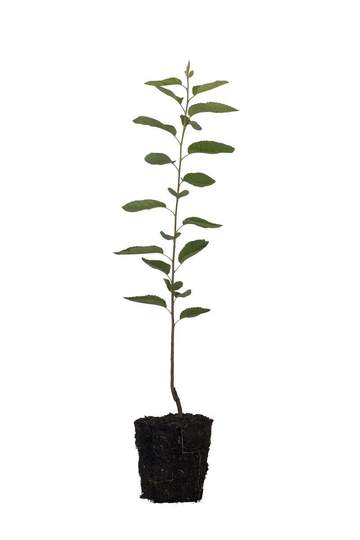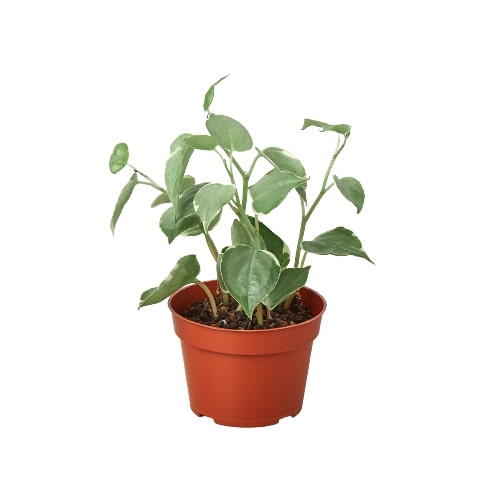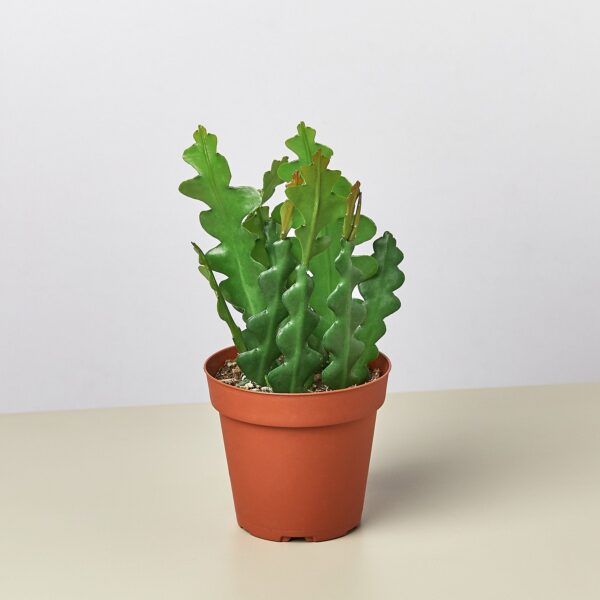- Botanical Name: Amelanchier
- Common Names: Serviceberry, Shadblow
- Description: The Shadblow Serviceberry tree will surprise you with its early cluster of white flowers and dazzling fall colors; as an ornamental fruit tree, it’s as hardy as it is attractive.
What distinguishes the lovely Shadblow Serviceberry?
- Berries drooping from its branches like dark edible gems.
- Simple, alternate, and finely toothed foliage.
- Fiery fall color.
- Glossy silver-gray bark.
- Wood that is among the heaviest American woods (like that of other serviceberry variations); its value corresponds to the size of the tree.
- Refuge and food source for wildlife.
- Natural sucking inclination that allows it alternatively either be made into a bonsai or easily mass planted.
Keeping up appearances:
A thickly-branched multi-stemmed shrub, the ornamental Shadblow Serviceberry can otherwise be cultivated as a small tree, reaching an average height of 25-30 ft. with a rounded crest, and spreading out to encompass a span of 15-20 ft. Its blossoms emerge as early as March, helping to beautify the drab landscapes emerging from winter’s grasp. In the autumn, its leaves lighten from dark green to cheery gold and sumptuous shades of auburn and bronze, making the tree a feast for the eyes as well as for the tongue. The tree’s globular green berries redden and then darken as they ripen; they are widely used for pies, jellies, sweetbreads, and jams.
A friendly recommendation.
This flowering species should be cultivated in full sun to partial shade, ideally in medium, well-drained soils, and it requires minimal pruning or fertilizing. Though prone to fire blight, this specimen is resistant to most pests, making it a popular ornamental choice for gardens and small yards within the Shadblow Serviceberry’s 4-8 hardiness zone rating.
*Due to some restrictions, orders cannot be shipped to California. All orders placed to a California delivery address will be fully refunded back to the customer*
| Weight | 3.0 lbs |
|---|---|
| Item Condition | New |
| Item Remarks | |
| MPN | |
| Brand | House Plant Dropship |
| Barcode |















